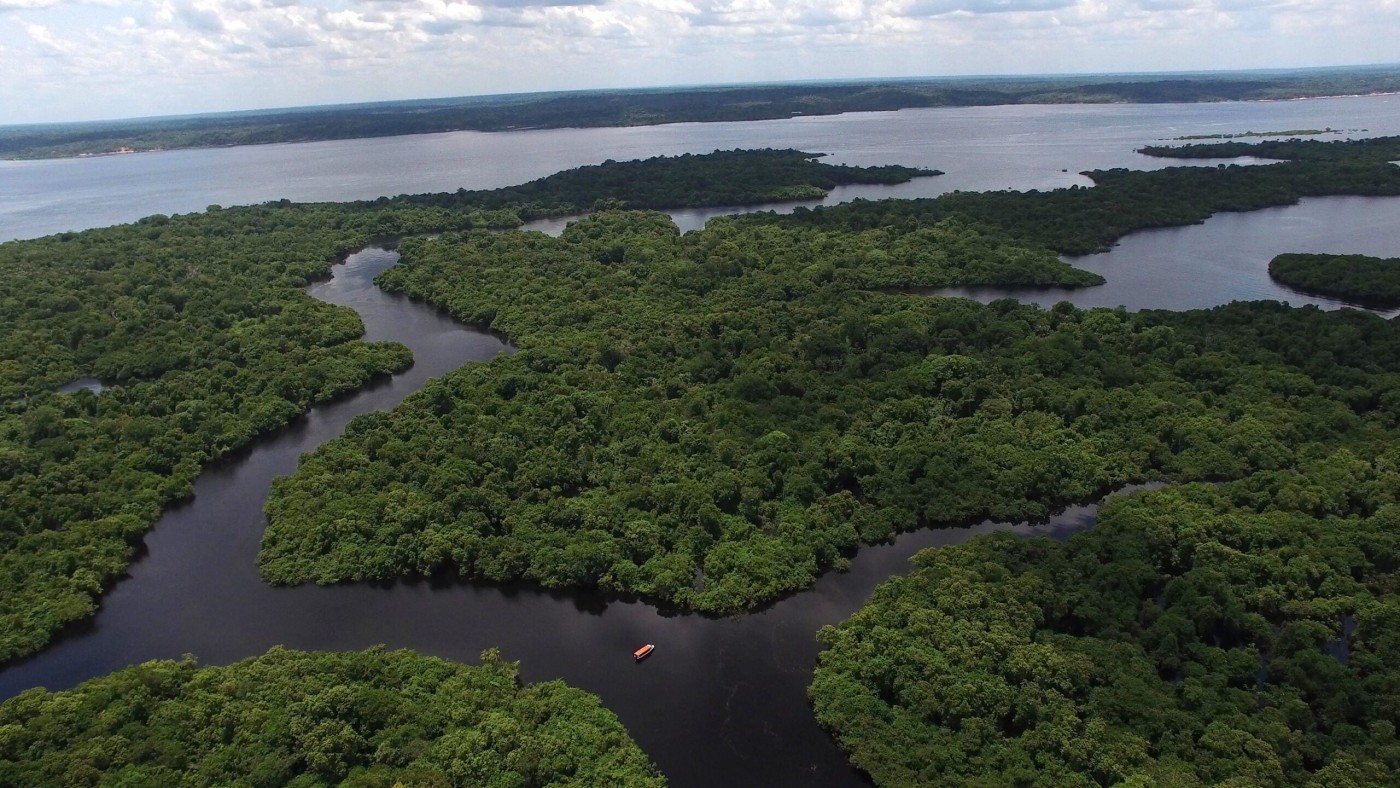Recently, scientists have begun to sound the alarm about a new variant of the global climate crisis — the hazardous rise of methane levels. Ordinarily, methane in limited quantities, is a non-toxic gas. But in large amounts, it spells doom to the human respiratory system and the environment.
Scientists are observing an unusual increase in methane levels. Somehow, there is now more methane in the atmosphere than there should be. What’s more worrying is that this new amount of methane is large enough to spark off a “termination” type heating of the earth.
Euan Nisbet, who leads the research into the recent discovery, has described termination as a “major reorganization of the Earth’s climate system.” It is intriguing to note that Termination was responsible for halting the ice age.
Nisbet, a University of London professor emeritus of Earth sciences, has more to say. He described termination events as recurring changes that “have taken the world from ice ages into the sort of interglacial we have now.”
In three stages, Termination gradually replaced the ice age tundra landscapes with tropical savanna. The stages spanned a few thousand years and began with a progressive rise in methane and CO2 levels.
Next, temperatures begin to experience a steep increase as a result of sudden surges of methane. Then comes the final stage which results in the erosion of the ice rocks and mountains.
Although termination generally takes its time, advancing in slow steps, Professor Nisbet has described a certain critical period of the termination that deviates from general behavior. “Within the termination, which takes thousands of years, there’s this abrupt phase, which only takes a few decades,” he said. “During that abrupt phase, the methane soars up, and it’s probably driven by tropical wetlands,” he continued. Scientists are pretty sure that this is the stage where we are.
Methane is one of the greenhouse gasses such as ozone, nitrous oxide, carbon dioxide, and hydrofluorocarbons (HFCs) whose concentrations are rising alarmingly. For methane, human activities such as agriculture and landfills, plus the natural process of wetland decomposition, are responsible for its release into the atmosphere.
Human methane-releasing activities haven’t been a source of worry for several decades. After man-made emissions soared during the flourishing of the natural gas industry in the 1980s, human-induced emissions have remained low.
So when scientists began to notice an unusual surge in methane levels in 2006, there was no proportionate rise in human activity to trace it to. Wetland decomposition was the only surviving suspect.
True to suspicion, a series of studies that began in 2019 has traced the extra methane to tropical water-logged soils across the world, notably in Africa. Human-induced climate change has caused alterations in tropical wetlands resulting in an expansion in wetland areas and their flora population. As a consequence, more methane emissions have followed.
Nisbet believes that we can nip the situation in the bud if we act now. With proper tidal restoration in addition to water and waste management, we could reduce the emissions and get things back to normal.



















